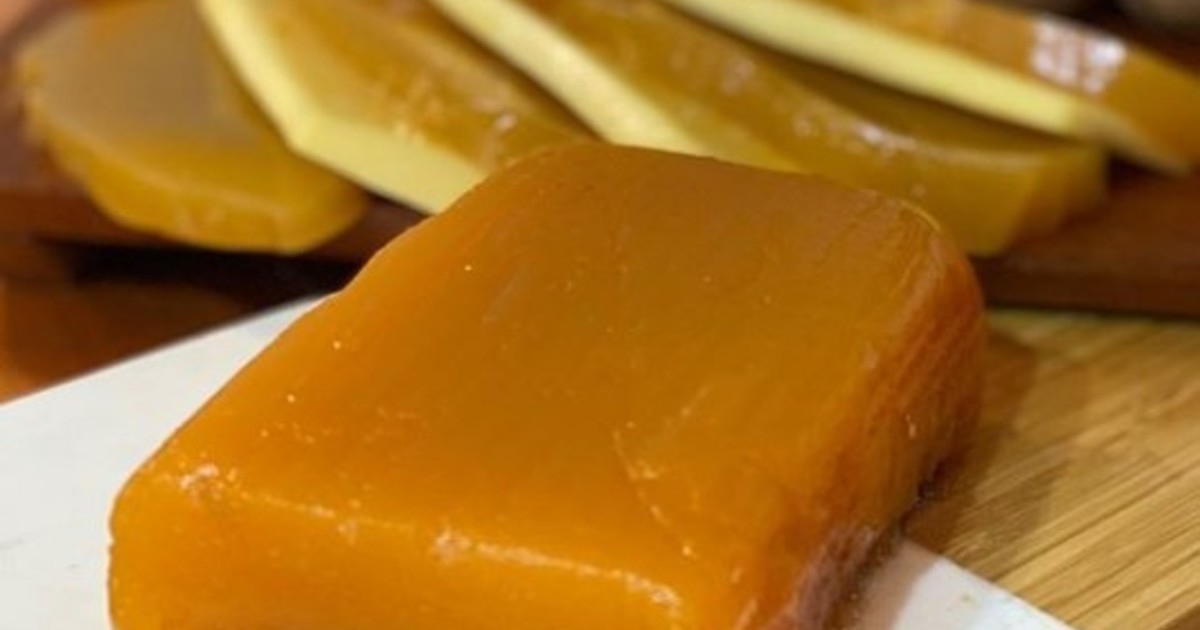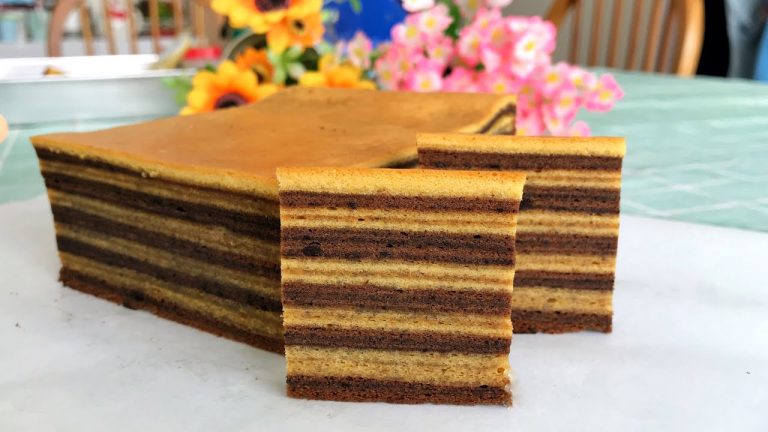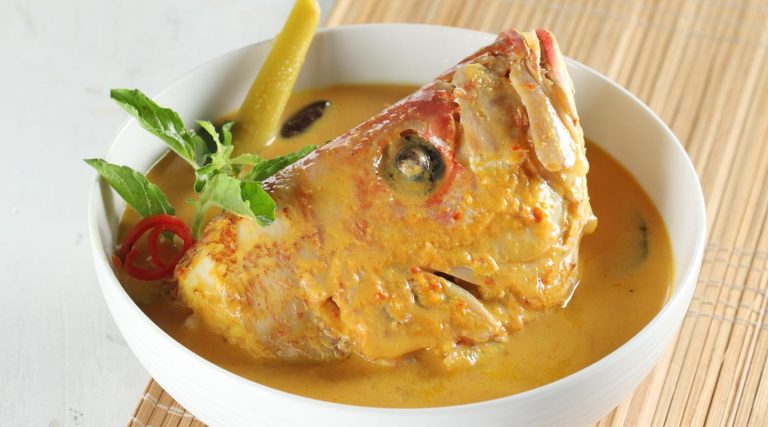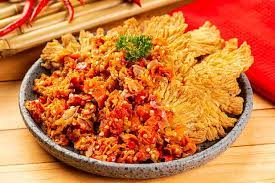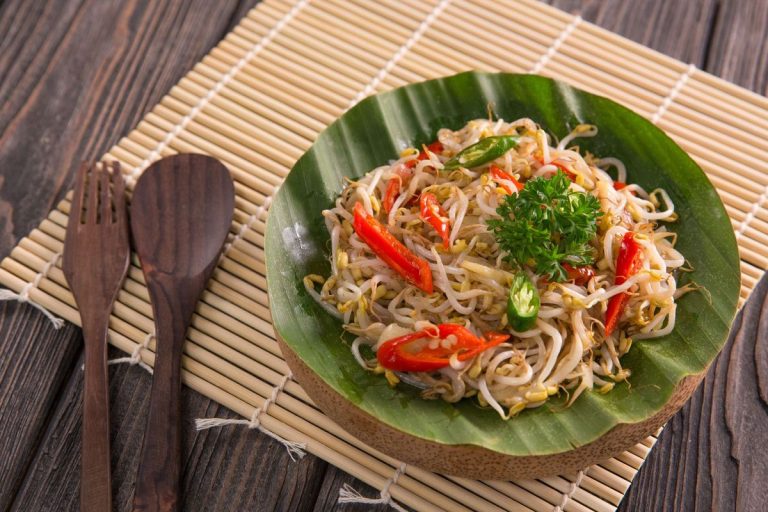Dulce de Batata, also known as sweet potato jam or sweet potato candy, is a beloved dessert in Latin American cuisine. This confection, made primarily from sweet potatoes and sugar, has a unique texture and flavor that sets it apart from other traditional sweets. It is particularly popular in Argentina, Uruguay, Paraguay, and Brazil, where it is enjoyed both as a dessert and as an accompaniment to various dishes. This article delves into the history, preparation, variations, and cultural significance of Dulce de Batata.
Historical Background Dulce de Batata

Dulce de Batata has deep roots in Latin American culinary traditions. The use of sweet potatoes in cooking dates back to pre-Columbian times, when indigenous peoples cultivated this versatile tuber. The arrival of Spanish and Portuguese colonizers introduced new cooking techniques and ingredients, leading to the creation of many hybrid dishes, including Dulce de Batata.
The dessert became particularly popular in the 19th and early 20th centuries, as sugar became more accessible and the techniques for preserving fruits and vegetables improved. It was during this period that Dulce de Batata solidified its place in Latin American cuisine, often appearing on the tables of both rural households and urban families.
Ingredients and Preparation
The basic ingredients for Dulce de Batata are simple: sweet potatoes, sugar, and water. However, variations of the recipe may include additional flavors such as vanilla, lemon zest, or even chocolate. The process of making Dulce de Batata involves several steps:
- Preparation of Sweet Potatoes: The sweet potatoes are peeled, boiled, and mashed to create a smooth base. This step is crucial, as the texture of the mash will determine the final consistency of the dulce.
- Cooking with Sugar: The mashed sweet potatoes are combined with sugar and water in a large pot. This mixture is cooked over low heat, stirring continuously to prevent burning and ensure even cooking. The goal is to achieve a thick, paste-like consistency.
- Flavoring: Depending on the recipe, additional flavorings such as vanilla extract, lemon zest, or cocoa powder may be added at this stage. These ingredients enhance the natural sweetness of the sweet potatoes and add depth to the flavor profile.
- Setting: Once the desired consistency is reached, the mixture is poured into molds or containers and left to cool and set. This can take several hours, and the resulting dulce can be sliced or cut into desired shapes once it has hardened.
Variations and Serving Suggestions

Dulce de Batata is a versatile dessert with numerous regional variations. In Argentina and Uruguay, it is often paired with cheese to create a sweet and savory combination known as “vigilante” or “postre vigilante.” This pairing is similar to the classic European combination of cheese and fruit preserves.
In Paraguay and parts of Brazil, Dulce de Batata may include a hint of citrus, with lemon or orange zest adding a refreshing twist. Some variations also incorporate chocolate, creating a richer, more decadent version of the dessert.
Dulce de Batata can be enjoyed in various ways:
- As a Dessert: It can be sliced and served on its own or with a dollop of whipped cream.
- With Cheese: Pairing Dulce de Batata with a mild, creamy cheese such as queso fresco or mozzarella creates a delightful contrast of flavors and textures.
- In Pastries: It can be used as a filling for pastries, empanadas, or tarts, adding a unique sweetness to baked goods.
- As a Spread: Dulce de Batata can be spread on toast or crackers for a simple yet satisfying snack.
Cultural Significance
Dulce de Batata holds a special place in Latin American culture, particularly in Argentina and Uruguay, where it is often associated with family gatherings and traditional celebrations. The dessert is a staple during holidays and festivals, symbolizing the rich culinary heritage of the region.
In many households, the preparation of Dulce de Batata is a communal activity, with family members gathering to peel, mash, and cook the sweet potatoes together. This communal aspect highlights the importance of food gengtoto in bringing people together and preserving cultural traditions.
The dessert’s popularity extends beyond the home, with many artisanal producers and commercial manufacturers offering their own versions of Dulce de Batata. It is commonly found in local markets and grocery stores, often packaged in decorative tins or jars that make it an appealing gift or souvenir.
Health Benefits and Nutritional Information
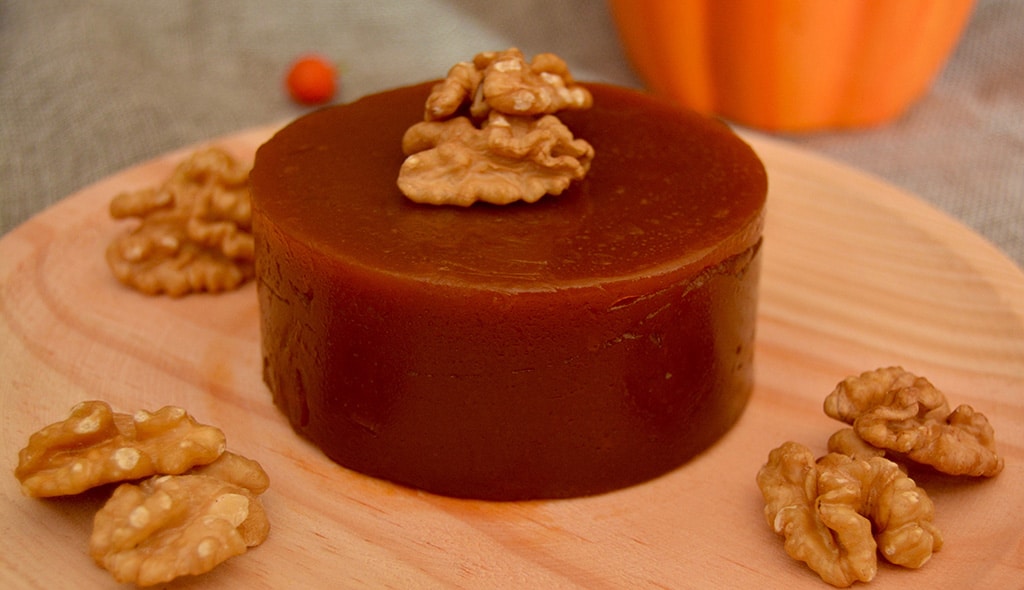
While Dulce de Batata is a sweet treat, it also offers some nutritional benefits due to its main ingredient, sweet potatoes. Sweet potatoes are a rich source of vitamins A and C, dietary fiber, and antioxidants. These nutrients contribute to overall health, supporting vision, immune function, and digestive health.
However, it is important to note that Dulce de Batata is high in sugar, and like any dessert, it should be consumed in moderation. For those looking to reduce sugar intake, there are recipes available that use alternative sweeteners such as honey or agave syrup, which can offer a healthier option without compromising flavor.
Conclusion
Dulce de Batata is a beloved dessert that showcases the rich culinary heritage of Latin America. Its simple yet versatile nature allows for a wide range of variations, making it a cherished treat in many households. Whether enjoyed on its own, paired with cheese, or used as a filling in pastries, Dulce de Batata offers a delightful taste of tradition and innovation.
As more people around the world discover the flavors of Latin American cuisine, Dulce de Batata continues to gain popularity. Its unique combination of sweetness and texture, along with its cultural significance, makes it a standout dessert that is sure to remain a favorite for generations to come.
Read More Article About “Phil Foden: The Rising Star of English Football“











